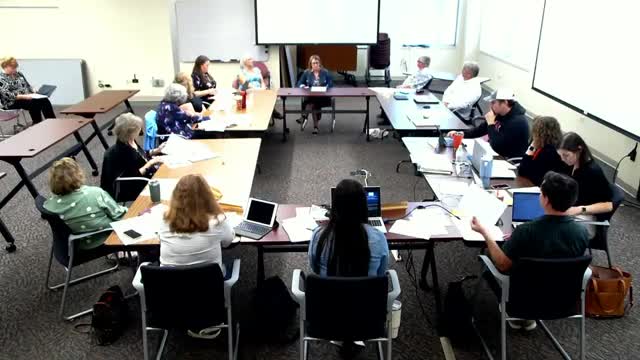Dental Care Crisis Deepens for Low-Income Americans
September 19, 2024 | McHenry County, Illinois
This article was created by AI summarizing key points discussed. AI makes mistakes, so for full details and context, please refer to the video of the full meeting. Please report any errors so we can fix them. Report an error »

In a recent government meeting, officials discussed the pressing challenges faced by low-income individuals in accessing dental care, highlighting that those with lower incomes are twice as likely to experience untreated tooth decay. Despite the availability of dental services in the United States, many cannot afford necessary treatments, leading to delayed care that complicates future dental issues.
The meeting focused on two key dental programs: the Senior Dental Program and the Community Services Block Grant (CSBG) program. Officials noted that these programs are often combined to provide comprehensive care for clients requiring extensive dental work, such as partials, root canals, and crowns. However, an error in the application process regarding funding limits was acknowledged, prompting a request for adjustments to streamline approvals and reduce the need for county intervention.
Currently, the programs are facing a funding utilization challenge, with only 52% of the budget spent at this point in the year, a significant deviation from previous years where funds were typically fully allocated by now. This delay is attributed to a temporary issue with one of the main dentists in the program, which hindered service delivery for several months. Additionally, there has been a noted decrease in the submission of required documents from clients, complicating the process further.
Despite these challenges, officials expressed optimism about meeting funding goals by the end of the year, with ongoing efforts to follow up with clients. They confirmed that there is no waiting list for services at this time, a departure from previous years.
The discussion also touched on the difficulties of fundraising for the programs, as they operate under government agency constraints that prevent the pooling of resources across different programs. This limitation makes it challenging to secure additional funding, especially as the need for affordable dental care continues to rise.
Overall, the meeting underscored the critical need for accessible dental care for low-income populations and the ongoing efforts to adapt and improve service delivery amidst financial and operational hurdles.
The meeting focused on two key dental programs: the Senior Dental Program and the Community Services Block Grant (CSBG) program. Officials noted that these programs are often combined to provide comprehensive care for clients requiring extensive dental work, such as partials, root canals, and crowns. However, an error in the application process regarding funding limits was acknowledged, prompting a request for adjustments to streamline approvals and reduce the need for county intervention.
Currently, the programs are facing a funding utilization challenge, with only 52% of the budget spent at this point in the year, a significant deviation from previous years where funds were typically fully allocated by now. This delay is attributed to a temporary issue with one of the main dentists in the program, which hindered service delivery for several months. Additionally, there has been a noted decrease in the submission of required documents from clients, complicating the process further.
Despite these challenges, officials expressed optimism about meeting funding goals by the end of the year, with ongoing efforts to follow up with clients. They confirmed that there is no waiting list for services at this time, a departure from previous years.
The discussion also touched on the difficulties of fundraising for the programs, as they operate under government agency constraints that prevent the pooling of resources across different programs. This limitation makes it challenging to secure additional funding, especially as the need for affordable dental care continues to rise.
Overall, the meeting underscored the critical need for accessible dental care for low-income populations and the ongoing efforts to adapt and improve service delivery amidst financial and operational hurdles.
View full meeting
This article is based on a recent meeting—watch the full video and explore the complete transcript for deeper insights into the discussion.
View full meeting
